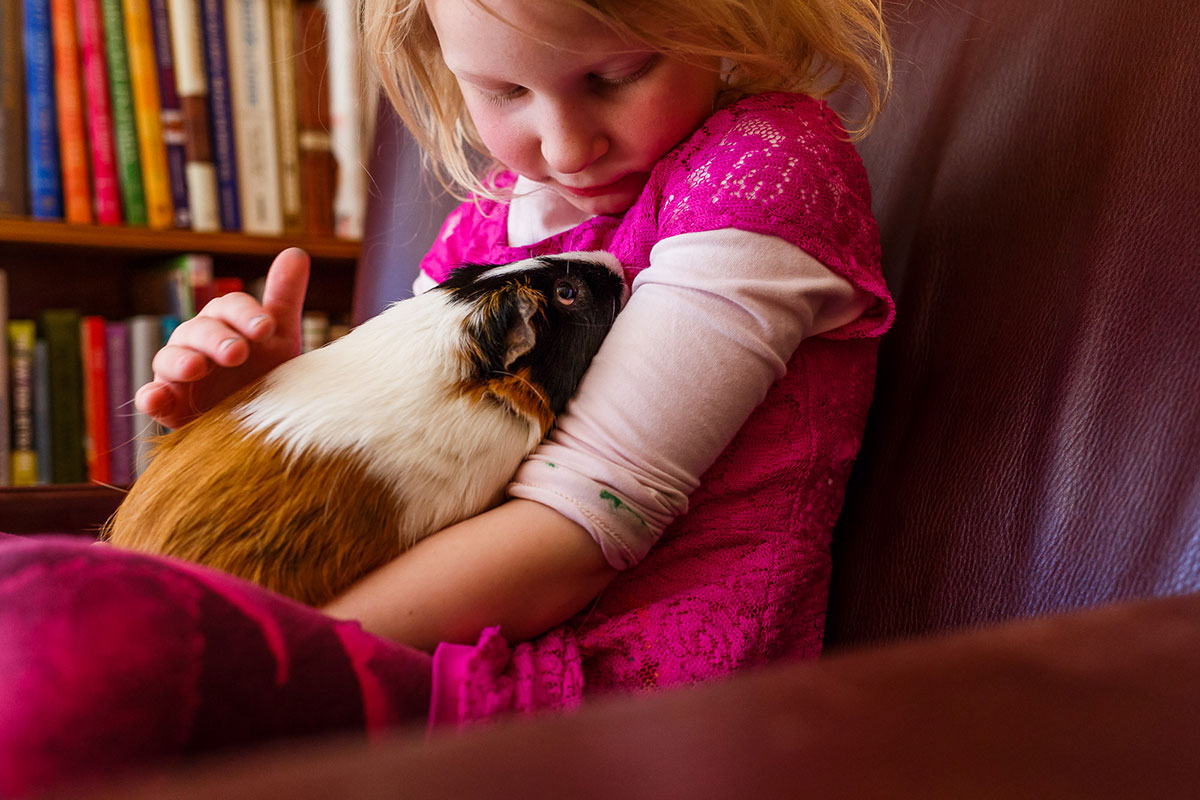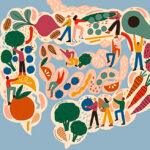If you’ve ever heard a toddler excitedly scream, “Doggy!” when a dog walks by in public, then you’ve seen firsthand how naturally engaging many little ones find the animal kingdom. Teaching children about animals helps them make sense of the natural world at large, as well as start to understand humans’ roles in it. It’s really a bonus that many young learners find it downright fun to study animals.
 While popping on a nature documentary is a nice, and educational, way to spend a rainy afternoon, sometimes you want the lessons to be more immersive and interactive — not to mention develop a variety of skill sets along the way.
While popping on a nature documentary is a nice, and educational, way to spend a rainy afternoon, sometimes you want the lessons to be more immersive and interactive — not to mention develop a variety of skill sets along the way.
So, here are four ideas for teaching kiddos of all ages about animals.
Eat Like an Animal
Yes, even snack time can present an opportunity to do some hands-on learning. With a little planning, you can have your kids eating like the very animals they’re learning about.
Here’s what What to Expect recommends: Fill several dishes, or a muffin tin, with various animal-inspired snacks: bananas for monkeys, baby carrots for bunnies, pumpkin/sunflower seeds for birds, etc. As the little ones enjoy the snacks, have them match the cuisine to the animal’s diet it represents.
The nice thing about this activity is that it encourages healthy snacking and offers endless possibilities, especially as different fruits and veggies become in season.
Observe Animals in Your Own Backyard
Kids often learn about animals as abstract concepts — like lions on the safari — but there’s something undeniably magical about seeing critters in your own yard or town.
A fun way to encourage kids to keep their eyes and ears open for different animals in their own neighborhood is to keep a running list. Every time they spot a new species, they can add it to the list. You can also head out on animal-spotting expeditions during different times of the day and different seasons to increase the variety.
Want your kiddos to see some local birds? Try attracting them to your yard with a yummy snack. One of the easier bird activities for children is creating a homemade pine cone feeder using nut butter and seeds. Hanging these fun-to-make feeders in the trees will attract the birds in no time. According to Tinkergarten, other benefits include:
- Helping kids develop empathy toward other creatures’ needs.
- The bird feeder construction process teaches persistence and patience.
- Working with nut butter, seeds and pine cones outdoors engages all the senses.
- Getting the whole family or neighborhood involved to encourage community bonding.
Create a Habitat for Toys/Stuffed Animals
Most families have at least one container of stuffed animals and/or plastic animal toys. These can be plenty fun on their own, but a more educational spin is to spend some time helping the kiddos create habitats for these toys based on where real animals live. You can incorporate all kinds of materials here, from paper to rocks, dirt and grass from outside.
You can even take this one step farther and design a sustainable rainforest terrarium, in which you can include plastic toys to represent the animals that live there.
Enjoy Animal-Based Video games
There are tons of animal-oriented educational video games kids of all ages love playing on sites like PBS Kids. Little learners can try their hands at all kinds of tasks, from drinking nectar as a hummingbird to exploring the ocean as a fish or taking care of their own virtual dog.
As you can see, there are so many fun ways to get kids excited about animals — practicing skills and learning information they can carry with them throughout life.



